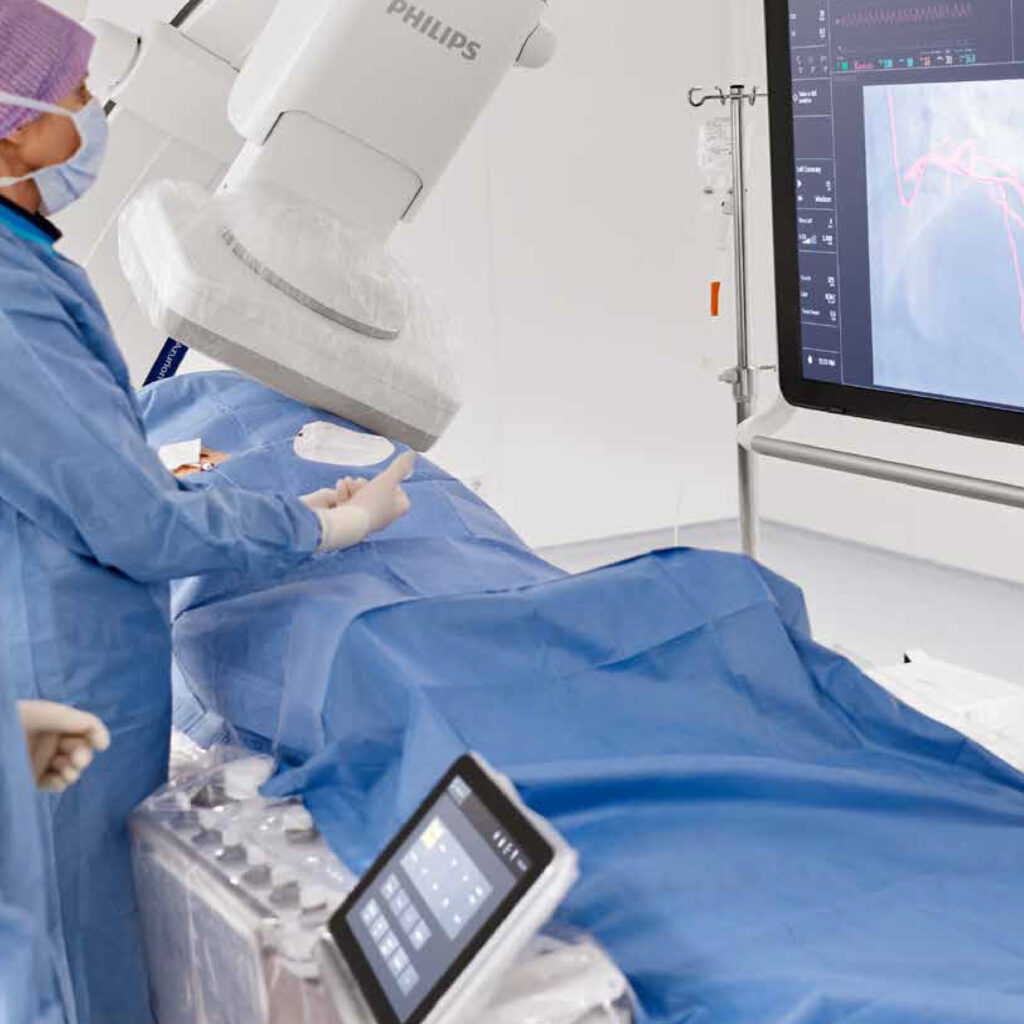Stroke Treatment
Date 24.02.2023
Stroke is a medical emergency where prompt treatment is crucial to reduce brain damage and prevent complications. There are two types of strokes: ischemic and hemorrhagic.

Preventing stroke is more effective than treating it after it occurs. Some non-modifiable risk factors include age, ethnicity, sex, and family history. However, there are modifiable risk factors that can be addressed or changed, such as high cholesterol levels, smoking, diabetes, lack of regular exercise, obesity, and heavy alcohol consumption.
- Ischemic stroke occurs when a blood vessel supplying blood to the brain is blocked, cutting off blood flow and oxygen. This accounts for 85% of all strokes. In contrast, hemorrhagic stroke happens when a blood vessel ruptures, causing bleeding into the brain or surrounding areas.
- The second type occurs when a blood vessel leaks or breaks. Blood then leaks into or around the brain tissue. This is called a stroke.
It's important to recognize the signs and symptoms of stroke, and the acronym "FAST" can help:
F (Face): Is there drooping or numbness on one side of the face? Ask the person to smile.
A (Arm): Is there weakness or numbness in one arm? Ask the person to raise both arms.
S (Speech): Is their speech slurred or difficult to understand? Ask them to repeat a simple sentence.
T (Time): Time is critical in stroke treatment. If you observe any of these symptoms, call emergency services immediately.
Additional symptoms that may occur with stroke include vision problems in one or both eyes, sudden severe headache, dizziness or loss of balance, and difficulty walking.
The treatment for stroke depends on the type. In the case of an ischemic stroke, the goal is to restore blood flow to the affected area of the brain as quickly as possible. Medications, such as clot-busting drugs, may be administered within a specific time window to dissolve the clot. This increases the chances of survival and reduces complications.
In certain cases, a procedure called "biplane cerebral angiography" or "ไบเพลน" may be used for diagnosis and treatment. This procedure allows the visualization of blood vessels in both the front and side views, providing detailed three-dimensional images. It helps doctors assess the location and severity of blood vessel abnormalities, enabling targeted treatment. The procedure may involve the insertion of a catheter to deliver medications or to remove a large clot.
The use of "ไบเพลน" helps reduce surgical intervention time and allows for faster recovery. The imaging capabilities aid in accurate diagnosis and treatment planning, resulting in shorter hospital stays.
For further information, please contact the Brain Center at 1645, press 1, then press 7870.

